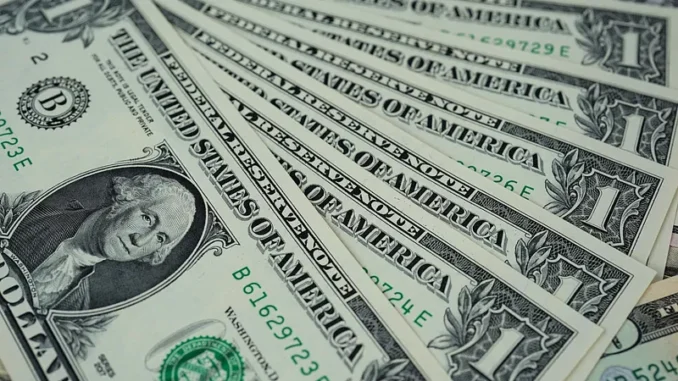
New Delhi: In an exclusive interview to ThePrint, the South African High Commissioner to India spoke out against the “domination” of the US Dollar (USD) in the world economy. He was not the first to question the USD being used as the world’s reserve currency for global trade.
According to media reports earlier this month, the President of Kenya, William Ruto, has called for African leaders to move away from using the USD for intra-Africa trade, and to support the pan-African payments and settlement system, launched in 2022.
The reason for the movement gaining recent steam is the economic sanctions enforced by the US-European Union (EU), due to Russia’s operations in Ukraine.
Not just Africa, other global leaders from developing countries have also joined the call for the ‘de-dollarisation’ of trade — which means trade to be carried out between two countries in currencies other than the USD.
In April this year, Brazilian President, Luiz Inácio Lula da Silva, while on a state visit to China, reportedly made an impassioned plea for nations to trade in local currencies stating, “Why can’t we do trade based on our own currencies?” This came after Brazil and China reportedly agreed to ditch the dollar for bilateral trade.
Argentina, another South American country, has also reportedly decided to pay for Chinese imports using renminbi yuan (RMB or Yuan), China’s official currency.
Meanwhile, the Indian government announced in the Rajya Sabha in March that the Reserve Bank of India (RBI), has permitted the invoicing and payments for international trade in Indian Rupees (INR) across 18 countries, including Botswana, Fiji, Israel, Myanmar, Malaysia, Russia and Singapore.
Though the call for “de-dollarisation” is gaining momentum, Sanjay Kumar Pandey, a professor with the Centre for Russian and Central Asian Studies at Jawaharlal Nehru University, told ThePrint that the idea is not new.
“De-dollarisation is not new. India and the Union of Soviet Socialist Republics (USSR) have conducted trade in the ruble in the past,” he said.
India and Russia, after Russia’s special operation in Ukraine in 2022, had established a rupee-ruble trade system to avoid the purview of the Western sanctions on Russia. In May this year, however, the system was suspended.
Russian Foreign Minister, Sergey Lavrov, had explained that this was due to Russia having “billions” of rupees that were causing a problem for the country, ThePrint reported.
The US dollar has been the world’s reserve currency since the end of World War II and the establishment of the Bretton Woods system — named after the United Nations Monetary and Financial Conference, that took place in Bretton Woods, USA.
Under this system, the dollar was pegged (fixed exchange rate) to gold and most other currencies were linked to the dollar. Thus, USD replaced gold as the world’s reserve currency and has remained so for over 75 years.
According to data from the International Monetary Fund (IMF) in quarter four (Q4) of 2022, 58.36 per cent of the reported foreign currency reserves in the world were in the USD, 20.47 per cent in Euro (EUR) and the renminbi accounted for just 2.69 per cent of global forex reserves.
While ‘de-dollarisation’ could help reduce trade costs, the introduction of any new common currency will require for it to get the acceptance and trust enjoyed by the USD. Meanwhile, the movement to ditch the dollar could become beneficial for China, if the yuan is accepted as an alternative to the USD.



